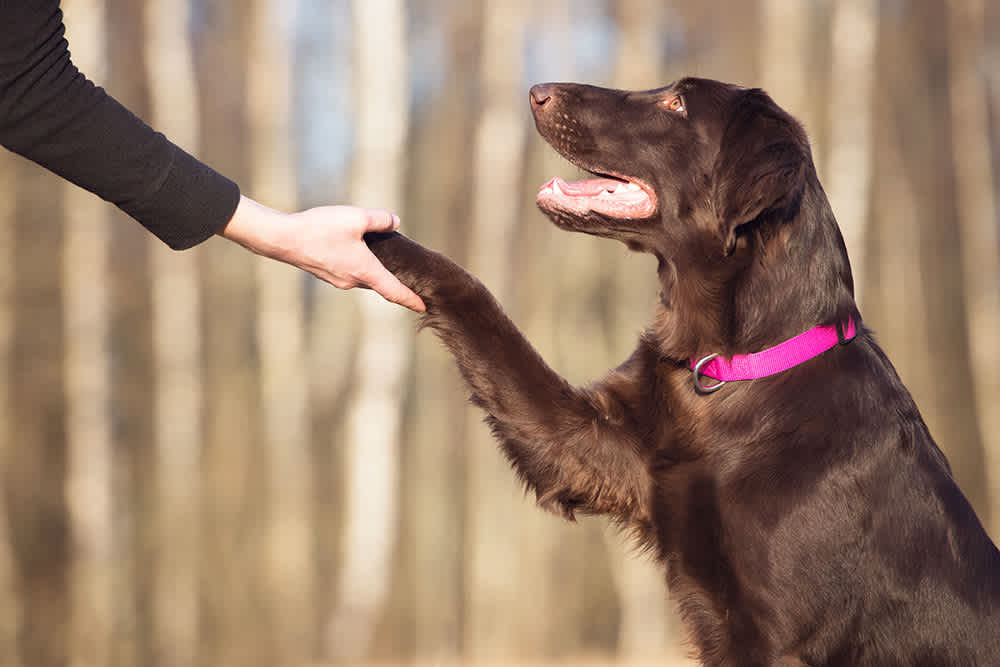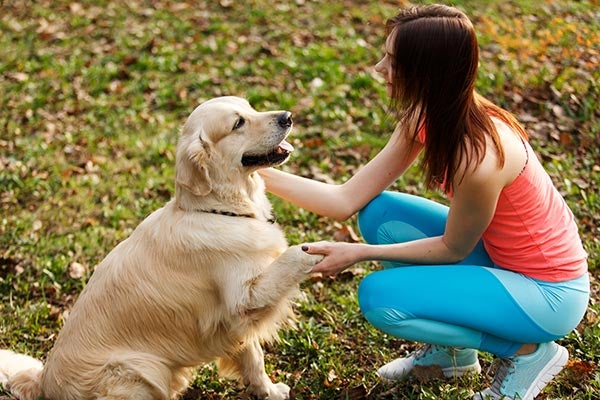Skilled Canine training services for every dog breeds.
Skilled Canine training services for every dog breeds.
Blog Article
Master Crucial Commands: Efficient Dog Training Facilitated
Effective pet training is an essential facet of liable pet possession, and grasping vital commands offers as the structure for an unified relationship in between handler and dog. Comprehending the nuances of canine behavior and the training procedure is essential; nevertheless, the journey to a trained canine usually provides unforeseen difficulties that need attention.
Understanding Your Dog's Habits
To understand the nuances of effective dog training, it is vital to break down and evaluate your pet dog's behavior. Dog training. Recognizing the inspirations behind your dog's actions is important; actions can stem from impulse, worry, excitement, or a need for attention. By observing your canine in different situations, you can determine patterns that might show underlying emotions or requirements
For instance, a pet that barks exceedingly may be revealing monotony, stress and anxiety, or a demand for social interaction. Conversely, a dog that shows devastating actions may be looking for excitement or alleviation from anxiety. Identifying these triggers enables you to customize your training approach properly.
In addition, it is important to think about the pet dog's type characteristics, as they can influence behavior substantially. Some breeds are predisposed to certain qualities, such as herding or protecting instincts, which can influence their reactions to particular stimuli.
Last but not least, consistency in your responses to your pet dog's habits promotes a far better understanding in between you and your animal. This common comprehension is fundamental for building trust and promoting an effective training procedure that nurtures both behavioral correction and positive support.
Vital Commands to Educate
Teaching important commands is an essential aspect of efficient canine training, providing the foundation for a well-behaved and receptive family pet. These commands not just boost communication between the proprietor and the pet but likewise ensure safety and security in various atmospheres.
One of the most critical commands consist of "Sit," which encourages your pet to remain fixed and tranquil; "Keep," which strengthens the concept of staying in one area till released; and "Come," which is important for remembering your canine from possibly dangerous circumstances. "Down" shows dogs to rest, promoting relaxation and control, while "Leave it" aids prevent pet dogs from grabbing harmful or undesirable things.
" Heel" is one more crucial command that urges your pet to stroll carefully close to you, improving leash good manners. "No" offers as an important boundary-setting command, aiding to correct undesirable actions.
Training Strategies for Success
Reliable dog training relies heavily on employing a selection of methods that accommodate both the dog's learning style and the proprietor's training goals. One vital strategy is favorable reinforcement, which entails rewarding desired actions with treats, praise, or play. This method encourages the dog to repeat those behaviors, cultivating a solid bond in between proprietor and family pet.

One more effective technique is clicker training, where a distinct noise, made by a clicker, marks the exact minute a canine executes a preferred activity. This precise timing aids pet dogs connect the habits with the incentive, enhancing their understanding.
Consistency is important in all training methods. Developing clear commands and preserving the exact same hints assists the dog grasp assumptions much more quickly. Furthermore, brief, engaging training sessions stop boredom and increase retention.
Including socialization opportunities is additionally crucial. Subjecting canines to various environments, individuals, and various other pets assists them develop self-confidence and versatility.
Last but not least, persistence plays a substantial duty in effective training - Dog training. Each pet dog finds out at their own rate, and understanding this can result in a more satisfying training experience for both the proprietor and the pet. Implementing these techniques will certainly set the foundation for effective dog training
Usual Difficulties and Solutions
In spite of the ideal training methods, canine proprietors frequently encounter common challenges that can impede progression. When household members utilize different commands for the very same actions, it puzzles the dog, leading to inconsistent responses.

Furthermore, some pets might display stubbornness or lack inspiration. This can commonly be resolved by incorporating positive support methods, such as deals with or appreciation, to motivate desired behaviors. Tailoring incentives to what your dog discovers most inspiring can dramatically enhance their interaction.
Last but not least, worry or anxiousness can impede progress in training. Recognizing indicators of anxiety and adjusting the training rate as necessary is essential. Employing gradual direct exposure to been afraid stimulations can help develop self-confidence in time, promoting a more reliable training experience.
Preserving Uniformity and Patience
Consistency and persistence are extremely important in pet dog training, as they develop the foundation for accomplishing long lasting behavior modifications. Dogs flourish on routine and clear expectations; hence, keeping a consistent strategy in commands, rewards, and corrections is necessary. When fitness instructors make use of the same signs and signals reliably, dogs are better able to realize what is being asked of them. Variance can result in complication and aggravation, undermining the training procedure.
Dogs, a lot like humans, have varying learning speeds and may not understand commands right away. Positive reinforcement plays an important function right here, fulfilling desired behaviors and puppy Training helping to cultivate a relying on connection in between the pet dog and instructor.
Verdict
Grasping vital commands is basic to reliable dog training, fostering enhanced communication and reinforcing positive habits. The application of favorable reinforcement strategies, coupled with consistency and persistence, considerably enhances the training experience for both the canine and trainer. Resolving usual difficulties with practical services better sustains the training procedure. Ultimately, a trained dog not only shows excellent habits but additionally develops confidence, contributing to a harmonious connection between the pet dog and its proprietor.
Report this page